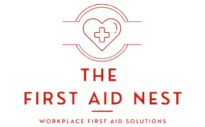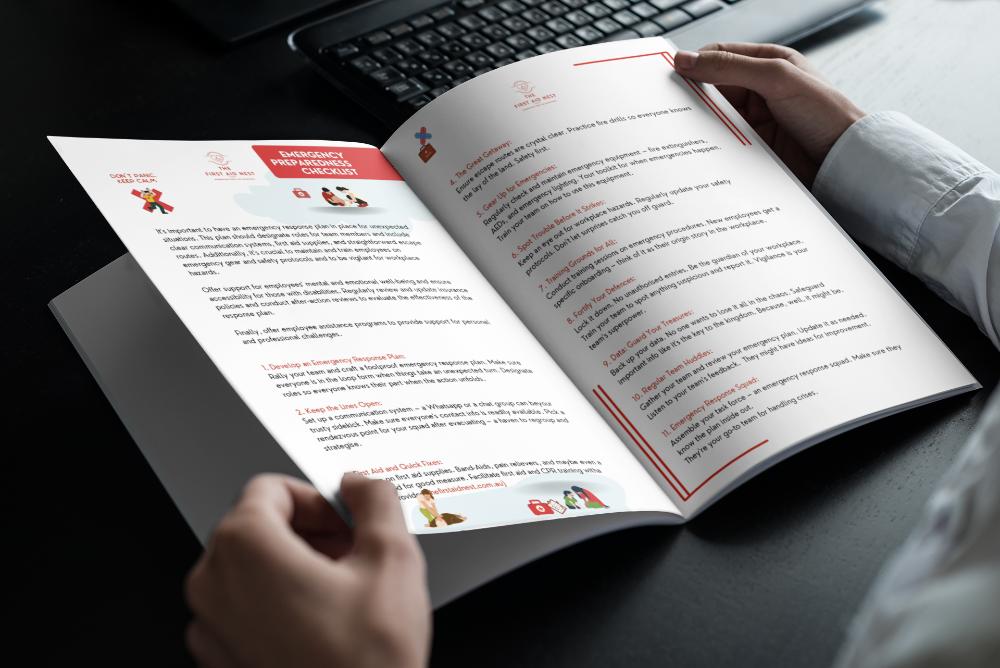Infant CPR and First Aid: Essential Skills for Every Parent
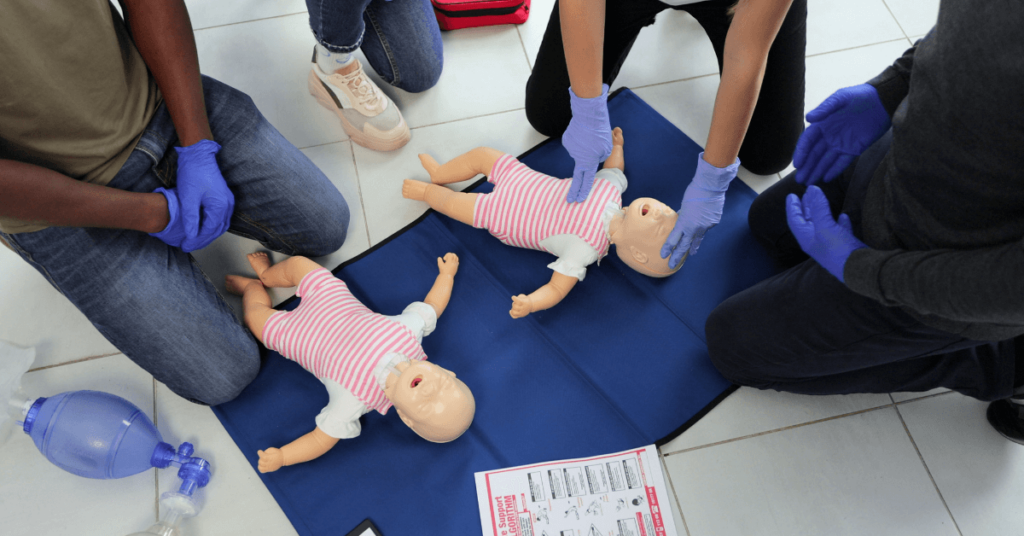
When it comes to the safety of our little ones, being prepared for any emergency is crucial. One of the most important skills a parent can learn is infant CPR. This life-saving technique can make the difference between life and death in critical situations.
Additionally, enrolling in an infant first aid course can equip parents with the necessary knowledge and confidence to handle a wide range of emergencies. In this blog post, we will explore the importance of infant CPR, the basics of the technique, and the benefits of taking an infant first aid course.
Why is Infant CPR Important?
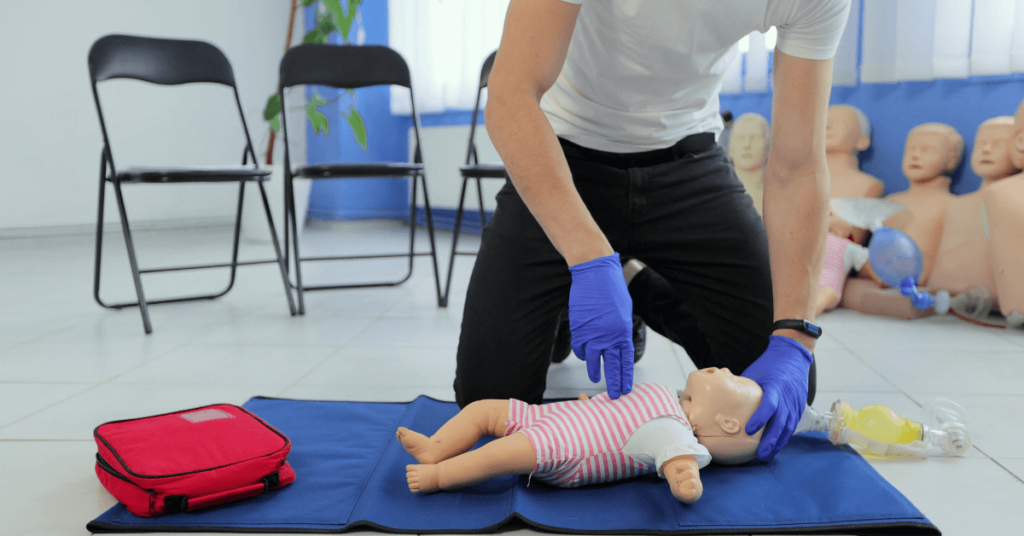
Infant CPR, or cardiopulmonary resuscitation, is a vital emergency procedure performed on babies who are not breathing or whose hearts have stopped beating. Infants are particularly vulnerable to breathing difficulties and cardiac arrest due to their small airways and underdeveloped immune systems. Common causes of these emergencies in infants include choking, drowning, suffocation, and sudden infant death syndrome (SIDS). Knowing how to perform CPR on an infant can provide critical assistance until professional medical help arrives.
Australia has stringent guidelines and protocols when it comes to infant safety and first aid. As such, it is crucial for Australian parents to be well-versed in infant CPR. Having this knowledge can significantly increase the survival chances of an infant in distress. According to the Australian Resuscitation Council, immediate CPR can double or even triple a victim’s chance of survival.
The Basics of Infant CPR
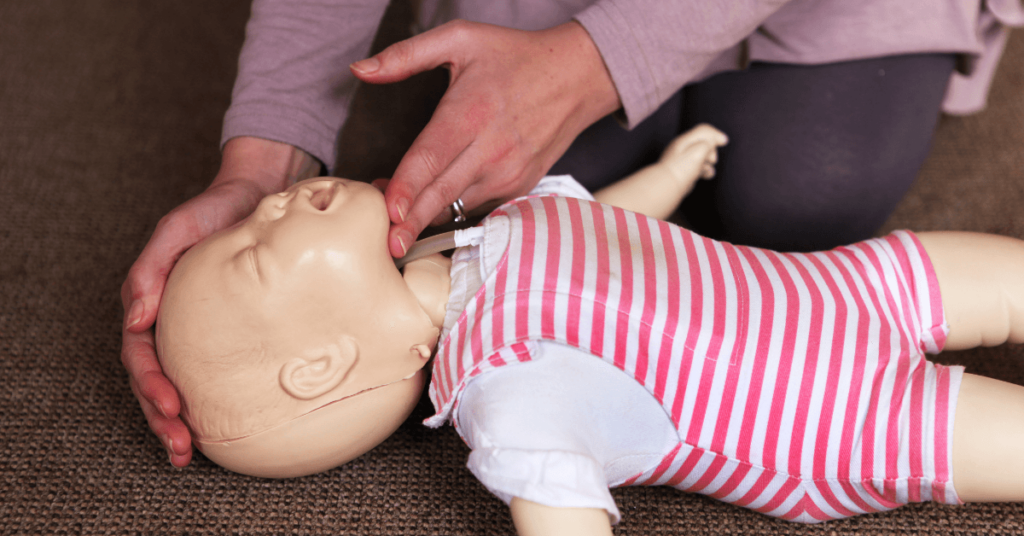
Check for Responsiveness: Gently tap the infant and call their name to see if they respond. If there is no response, it’s time to act quickly.
Call for Help: If you are alone, call emergency services immediately. If someone is with you, instruct them to make the call while you begin CPR.
Open the Airway: Place the infant on their back and gently tilt their head back to open the airway. Be careful not to tilt the head too far, as this can block the airway.
Check for Breathing: Look, listen, and feel for signs of breathing. If the infant is not breathing or is only gasping, begin CPR.
Chest Compressions: Use two fingers to perform chest compressions on the centre of the chest, just below the nipple line. Press down about 1.5 inches at a rate of 100-120 compressions per minute.
Rescue Breaths: After 30 compressions, give two rescue breaths. Cover the infant’s mouth and nose with your mouth and gently blow until you see the chest rise. Continue the cycle of 30 compressions and two breaths until help arrives or the infant starts breathing.
The Benefits of an Infant First Aid Course
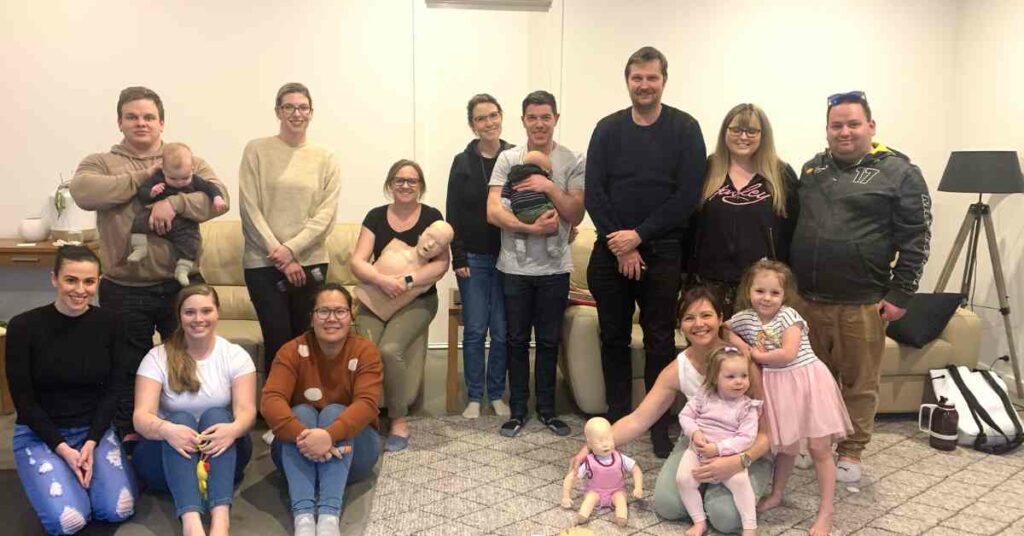
While knowing the basics of infant CPR is essential, taking a comprehensive infant first aid course provides a deeper understanding and hands-on practice of various life-saving techniques. Here are some benefits of enrolling in such a course:
Comprehensive Knowledge: An infant first aid course covers a wide range of emergency scenarios, including choking, burns, falls, and allergic reactions. This holistic approach ensures parents are prepared for various situations.
Hands-On Practice: These courses often include practical sessions where participants can practice CPR and other first aid techniques on mannequins. This hands-on experience builds confidence and muscle memory, making it easier to act quickly in real emergencies.
Expert Guidance: Infant first aid courses are usually taught by certified professionals with extensive experience in paediatric care. Their expertise and insights provide invaluable learning opportunities for parents.
Peace of Mind: Knowing that you have the skills to respond effectively in an emergency can provide immense peace of mind. This confidence allows parents to create a safer environment for their infants.
Networking: These courses often bring together parents and caregivers who share similar concerns and experiences. This sense of community can provide additional support and resources.
Access to Resources: Many infant first aid courses provide additional resources such as booklets, videos, and online materials. These resources can be invaluable for ongoing learning and reference.
Additional Tips
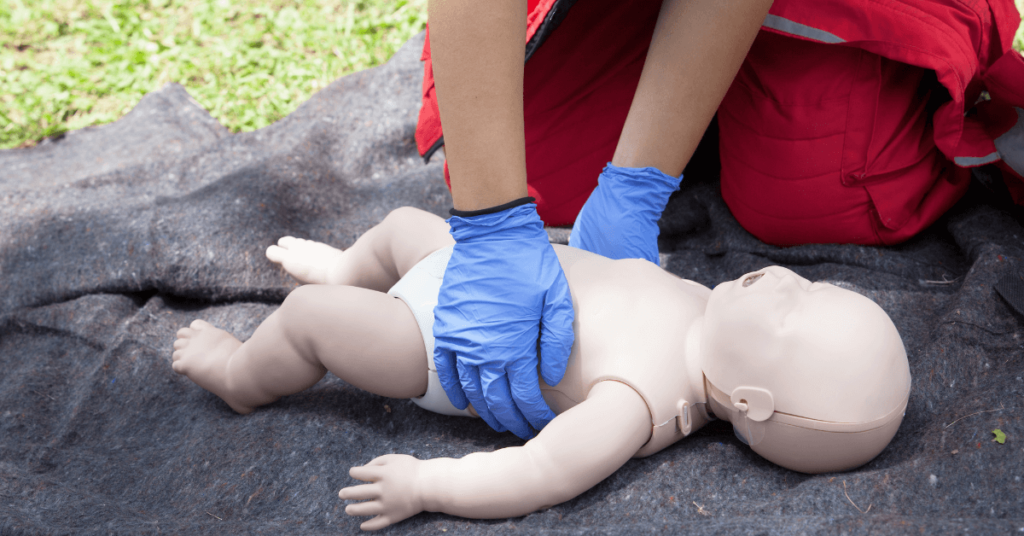
Aside from attending an infant first aid course, there are several practical steps parents can take to ensure they are always prepared:
Stay Updated: First aid guidelines can change, so it’s important to refresh your knowledge regularly. Consider taking refresher courses or attending workshops to stay current with the latest techniques and recommendations.
First Aid Kits: Keep a well-stocked first aid kit at home and in your car. Make sure it includes essential items like bandages, antiseptic wipes, and a CPR mask.
Emergency Numbers: Have emergency numbers readily accessible. This includes local emergency services, your paediatrician, and poison control.
Childproofing: Ensure your home is safe by childproofing areas that pose potential hazards. This includes securing furniture, covering electrical outlets, and keeping small objects out of reach.
Practice Makes Perfect: Regularly practice CPR techniques on a doll or mannequin to maintain your skills. This can help ensure you remain calm and effective in a real emergency.
Infant CPR and comprehensive first aid are critical skills that every parent should learn. In emergencies, knowing how to perform CPR can save a baby’s life.
Additionally, enrolling in an infant first aid course equips parents with a comprehensive understanding of various emergency scenarios and the confidence to act swiftly. By prioritising the safety and well-being of our little ones, we can create a safer environment for them to grow and thrive.
If you haven’t already, consider enrolling in an infant first aid course today. Your preparedness can make all the difference in an emergency. Remember, the best way to protect your child is to be prepared for any situation.
By embracing the knowledge and skills offered through infant CPR training and first aid courses, Australian parents can ensure they are ready to face emergencies with confidence and competence.
Want more? We’ve got you covered…
Our Baby First Aid Courses
Our baby first aid courses are available in person in your home and online. We run classes in your home with groups of 2, 4 or up to 10 in Sydney & Melbourne and you can book in 3 easy steps!
- Pick your class
- Follow the prompts to purchase
- We will contact you within 24 hours to lock in your date of choice
Our First Aid Certificate Courses
We run most of the popular first aid courses Australia wide. HLTAID011 Provide First Aid, HLTAID009 Provide CPR, HLTAID012 Provide First Aid in an Education & Care Setting, RAMOAP (anaphylaxis), Mental Health first aid and CPR/LVR to name a few.
Book your public spot online or contact us if you have a group of 5+ people for onsite training.
Here are some other resources you may enjoy!
FREE GUIDE: Your Virtual Baby First Aid Kit
FREE GUIDE: Introducing Common Allergy Foods & Allergic Reactions
FREE Workplace Emergency Preparedness Plan: Grab this at the bottom of every page!
Follow for baby & child first aid and allergy info and tips on Instagram, TikTok & Facebook all @thenestcpr
